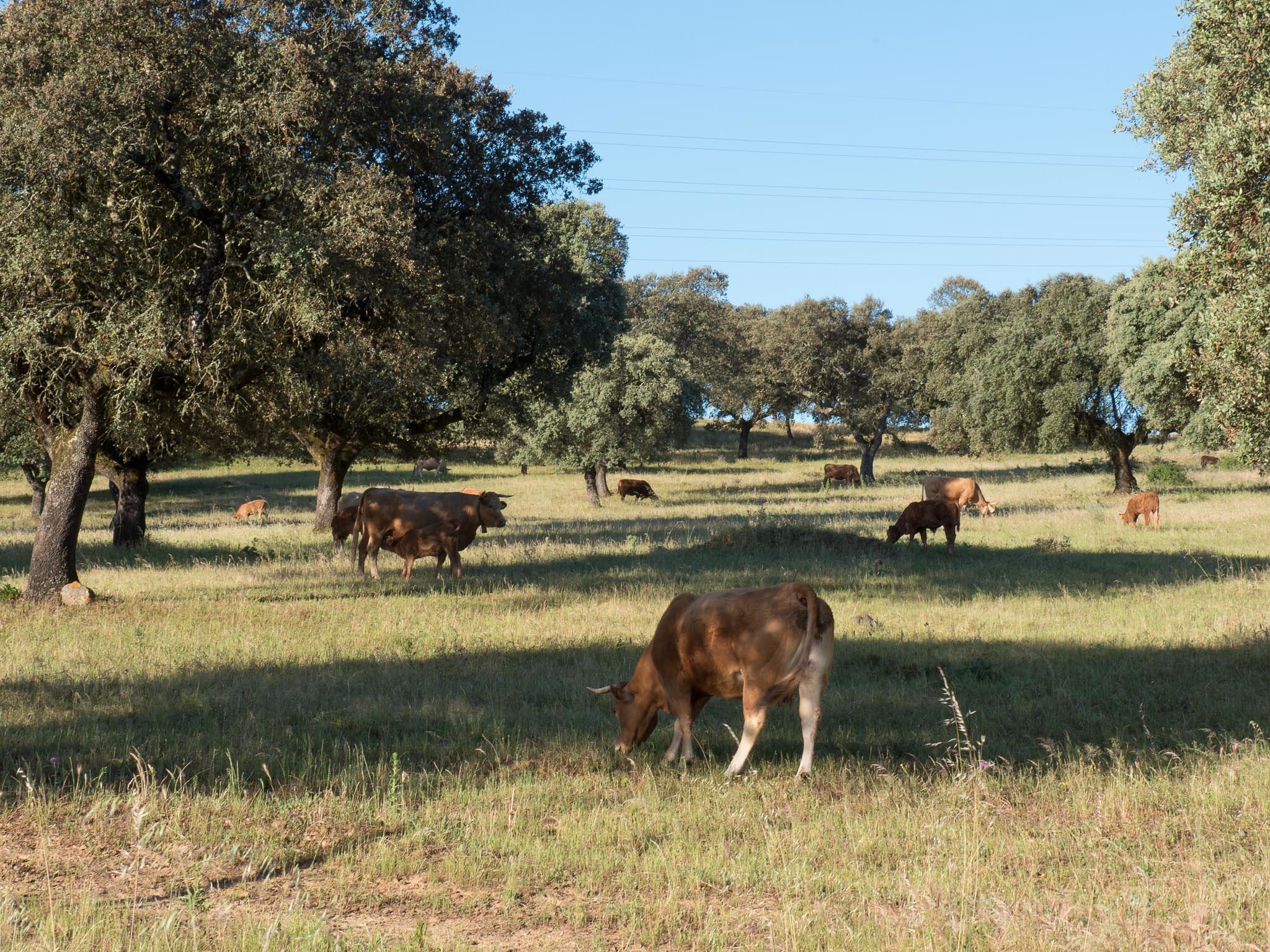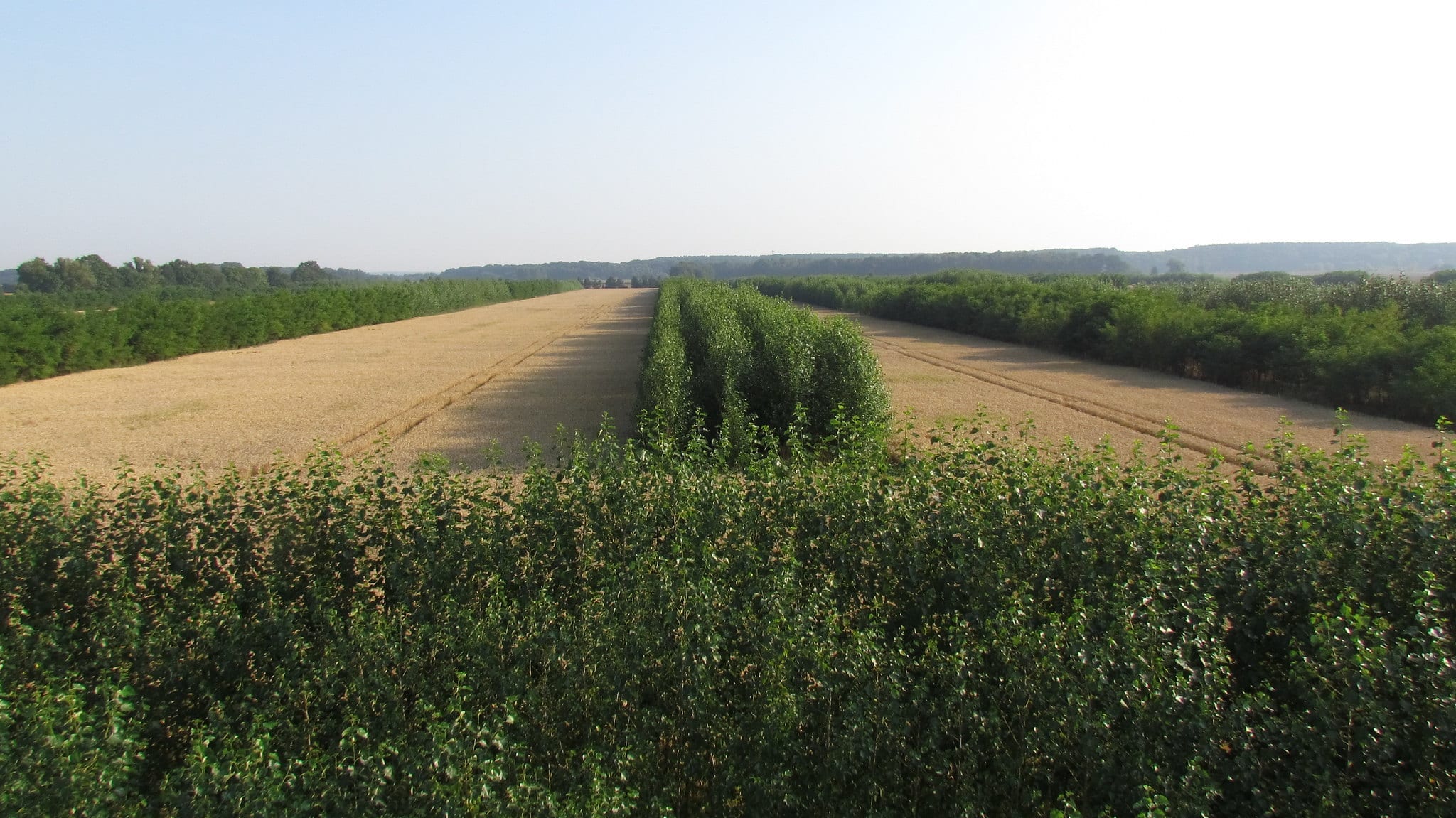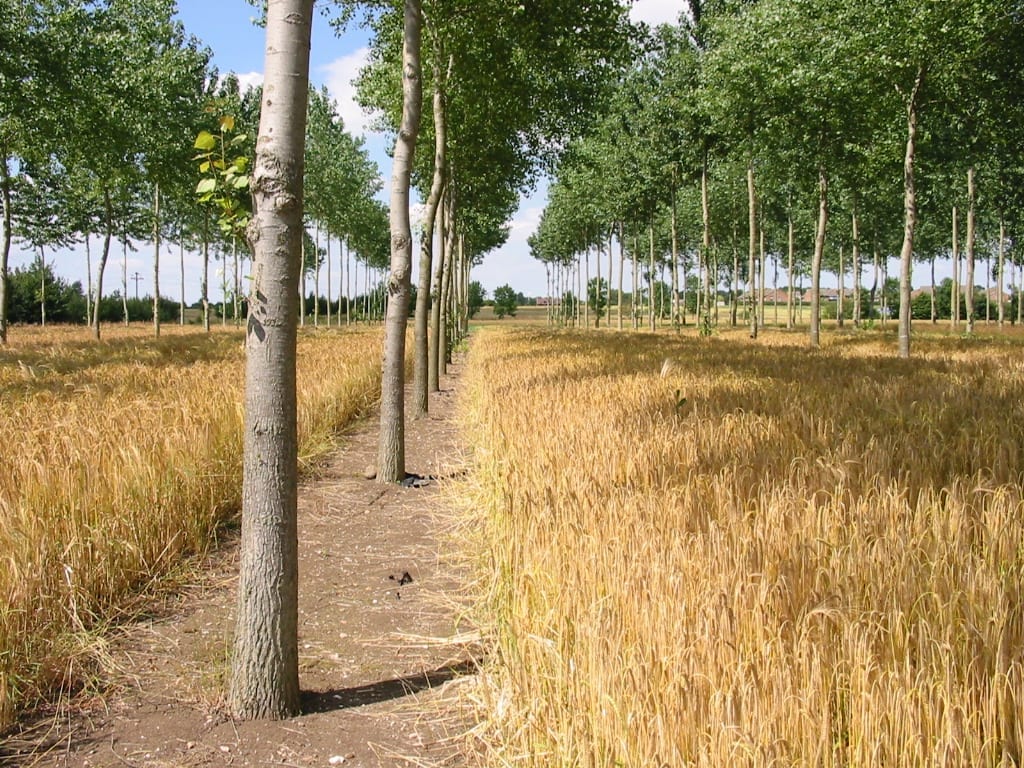The Cap Should Prioritize Sustainable Food Production Systems
Agroforestry is largely regarded as a sustainable means of food production beneficial to the environment. However, its potential remains highly untapped. With the European Union’s Common Agriculture Policy (CAP) undergoing reform, there will likely be financial cuts with higher efficiency recurring as the guiding motto for EU policies. What the CAP should include is an extensive plan for agroforestry within the EU’s agricultural practices, fostering food security in a sustainable and environmentally sound way.
Learning from our ancestors
Agroforestry is a practice that is far from new. Even thousands of years ago, people used clearings in forested areas for the production of vegetables, aware of the important role trees play in providing suitable conditions for food production by buffering harsh climatic conditions and enriching the soil.
As a response to environmentally degrading industrialized farming practices, in recent years agroforestry practices have received increasing attention and uptake in both tropical and temperate regions as a way to improve food security while reducing the environmental impacts of production. Despite being supported by scientific results – and backed by intergovernmental institutions such as the Food and Agriculture Organization (FAO) and the European Union (EU), there has not been substantial increases of agroforestry areas around Europe. In fact, European agroforestry systems make up around 15.5 million hectares, representing just 3.6% of the total territory and around 9% of the total area dedicated to agriculture. These are mainly located around the Mediterranean basin and are mostly typified by old silvo-pastoral practices, which are well adapted to the region’s hot and dry conditions.

Defining agroforestry is complex as it integrates various concepts. The European Agroforestry Federation defines it as “the integration of woody vegetation inside the parcels or on the boundaries (hedges), crops and/or livestock in the same area of land.” While several types of systems can be considered as agroforestry, they all have one advantage in common: the strategic combination and distribution of the different trees and crops, or animals, that comprise agroforestry systems allow better use of solar radiation and available water resulting in an overall higher biomass production compared to monocultural systems alone.
More innovative agroforestry practices have been developed in northern Europe such as the silvo-arable systems in France and the UK that combine lines of poplar trees with cereal rotation. The short rotation coppice systems for bioenergy purposes in Germany is another example. Yet, these examples remain experimental and/or located in marginal areas.
Agroforestry systems in Europe occupy about 15.5 million hectares – around 9% of the total area dedicated to agriculture.
Despite the efforts of the last two Common Agricultural Policies, which ran from 2007-2013 and 2014-2020, the development of new agroforestry areas has not increased to expected levels. The first CAP included a promising measure to promote the establishment of agroforestry systems in the EU; however, results were rather poor. Only 6.4% of the allocated budget was used, creating less than 3,000 new agroforestry hectares.
The current CAP (2014-2020) includes Measure 8.2 which promotes the establishment of new agroforestry areas in the EU. Unfortunately, this measure was funded under Pillar II of the CAP meaning the measure is voluntary for the Member States, resulting with just one out of five regions in the EU adopting it. Instead, farmers continued to be rewarded based on the dimension of the farm areas worked and the number of animals raised – all in the name of efficiency. This has increased monocultural areas and has led to the overexploitation of fields dedicated to livestock grazing. The consequences are well-known: landscape simplification, environmental degradation and biodiversity decrease.
Europe has a unique heritage of traditional agroforestry systems of high environmental and cultural value, and great potential for innovative, modern agroforestry systems that have been developed by research centers across Europe over the last two decades.
The triple-win agroforestry scenario
Several studies and reports reveal that landowners are conscious of the environmental benefits that agroforestry systems bring in comparison to monoculture alternatives. They also identify the reasons for which landowners do not prioritize the development of agroforestry areas: Firstly, farmers face a high degree of regulatory complexity along with unclear administration processes to access dedicated EU funds, and secondly, farmers lack the necessary skills to deal with the financial and management aspects and the information on costs, labor and financial benefits required for running agroforestry practices.
Food security for an ever-increasing population must include environmental and biodiversity protection.
By supporting measures for the implementation of agroforestry practices, the EU could achieve a triple-win scenario:
- Agroforestry would increase current levels of productivity in the fields where crops are grown, helping to meet increasing food demand.
- Agroforestry would improve the environmental conditions related to soil formation, water retention and biodiversity levels.
- Agroforestry would bring social benefits by cutting environmental costs while producing the same amount of food in a more sustainable way.
Only with practical and efficient measures will agroforestry meet its full potential. And the EU has the full responsibility and means to make this happen.

The CAP is the harmonized agricultural policy for all the EU Member States and establishes the farming systems and practices to maintain and/or promote on its territory. First launched in 1962, by 2017 around 38% of the total EU budget is allocated to it (407 billion for the 2014-2020 period). The current CAP (2014-2020) is based on two main regulations, commonly called Pillar I and Pillar II, which were developed by Regulations 1307/2013 (EU 2013a) and 1305/2013 (EU 2013b). Pillar I is completely funded by the EU and initially linked to land productivity, while the Pillar II is associated with the economic, social and environmental development of the countryside, co-funded by the Member States that voluntarily adopt the measures proposed and transpose it to national laws.
In recent years, incentives for the promotion of agroforestry plots have been introduced to the CAP: Agroforestry practices are listed as Ecological Focus Areas and farmers can receive greening payments for such plots in Pillar I and for the establishment of agroforestry plots in Pillar II.
The way forward
Europe needs to simplify the rules to access funds in order to implement agroforestry systems on the ground. The measures themselves need to be more comprehensive and the consequences associated with its application (or not) need to be clearer and more understandable for the people involved in the process.
The CAP has a direct impact on 14 million farmers and an additional 4 million people working in the food sector.
The EU should also promote an agroforestry “label” and its benefits among farmers. Measures could include increased technical assistance along with data and scientific-based information on the added value of agroforestry systems. Specific programs to identify and promote best management practices would also be necessary together with thematic network funding in order to ensure knowledge flows from experts to practitioners.

As global warming demands immediate action, we must reconcile food security and production growth for an ever-increasing population along with environmental and biodiversity protection. The consideration of these recommendations as to boost the development of agroforestry areas in Europe seems the only way forward and now that an agreement on the EU budget for the period 2021-2027 should be reached by the end of this year and the CAP for that period is also under development, the EU and its Member States have a last chance to show the way ahead and give to agroforestry the role it deserves.
